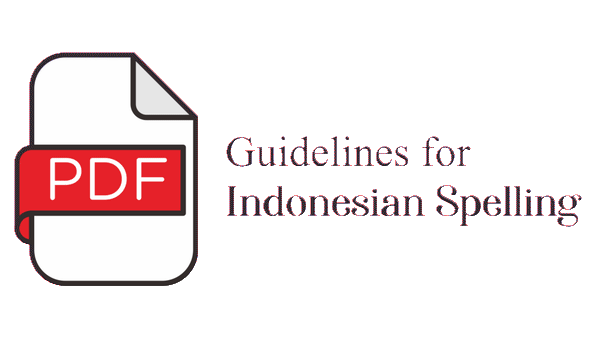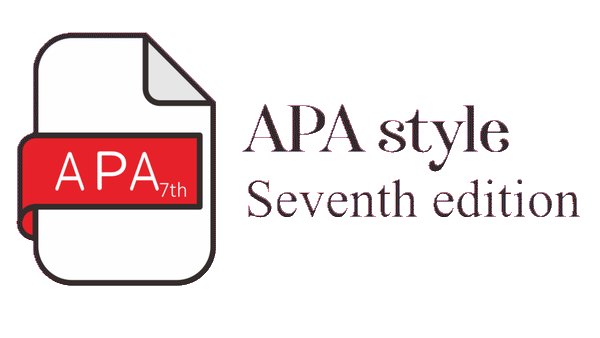ANALISIS MANAJEMEN RANTAI PASOK LOBSTER (Studi Kasus di Kabupaten Simeulue, Aceh)
Abstract
Kabupaten Simeulue sebagai daerah kepulauan memiliki potensi perikanan yang cukup besar namun pemanfaatannya masih tergolong rendah. Kontribusi sektor perikanan terhadap PDRB Kabupaten Simeulue hanya mencapai 2,20 persen selama tujuh tahun terakhir meskipun dari sisi nilai laju pertumbuhan naik secara signifikan (19,12 %). Penelitian ini bertujuan untuk memetakan rantai pasok lobster di Kabupaten Simeulue yang meliputi interaksi sosial ekonomi dan kontribusi antar pelaku usaha yang terlibat. Pengumpulan data dilakukan melalui wawancara terhadap pelaku usaha yang terlibat serta Badan Karantina Ikan, Pengendalian Mutu, dan Keamanan Hasil Perikanan (BKIPMKHP) Wilayah Kerja Simeulue. Data hasil wawancara dilengkapi hasil observasi dan dokumentasi, selanjutnya diolah dan disajikan secara deskriptif. Hasil penelitian menunjukkan bahwa rantai pasok lobster terdiri dari nelayan/ pembudidaya (100%) → supplier (100%) → eksportir (90%) dan konsumen lokal (10%) → konsumen luar negeri (100%) serta terdiri dari tujuh pemetaan dalam manajemen rantai pasok. Permasalahan yang terjadi adalah makin menurunnya volume lobster yang di pasok, adanya monopoli harga oleh eksportir, aksesilibitas pasar yang terbatas pada produsen, penerapan teknologi (penyimpanan dan pengiriman) hanya pada eksportir, dan belum adanya kelembagaan keuangan formal yang menjamin harga lobster lebih tinggi. Manajemen rantai pasok lobster dapat menjadi bahan kebijakan untuk pemerintah daerah Kabupaten Simeulue dalam peningkatan pendapatan dan kesejahteraan nelayan maupun pembudidaya lobster.
(Analysis of Lobster Supply Chain Management (Case Study in Simeulue District, Aceh))
Simeulue islands have a large fisheries potential, but its use is still relatively low. Contribution of the fisheries sector to Simeulue’s GDP only reached 2.20 per cent over the last seven years despite of the value of the growth rate increased significantly (19.12%). The aim of this studi is to map lobster supply chain in Simeulue Island which includes economic and social interaction among business actors involved. Data collected through interviews with businesses and Agency for fish quarantine, quality control and safety of fish product work area in Simeulue District. Interviewed data are compounded by the results of observation and documentation. Data were processed and presented descriptively. Results of the study showed that the supply chain lobster consists of: fishers/farmers (100%) → supplier (100%) → exporters (90%) and local consumers (10%) → consumers abroad (100%) and consists of seven mapping in management supply chain. The problem that occurs is decreasing of volume supplied lobster, pricing monopoly by exporters, limited market accessibility by producer, application of technology (storage and delivery) only on exporters, and financial institution that guarantees higher lobster prices are not available. Lobster supply chain management can be a policy concern for the local government district of Simeulue in increasing the income and prosperity lobster fishers and farmers.
Keywords
Full Text:
PDFDOI: http://dx.doi.org/10.15578/jsekp.v10i2.1260
Indexed by:
-------------------------------------------------------------------------------------
Published by
Research Center for Marine and Fisheries Socio-Economic
in collaboration with
Indonesian Marine and Fisheries Socio-Economics Research Network

This work is licensed under a Creative Commons Attribution-NonCommercial-ShareAlike 4.0 International License.



















